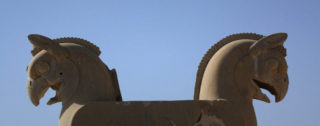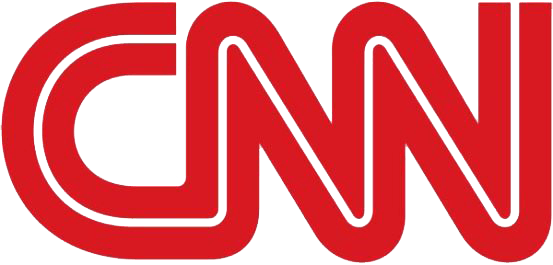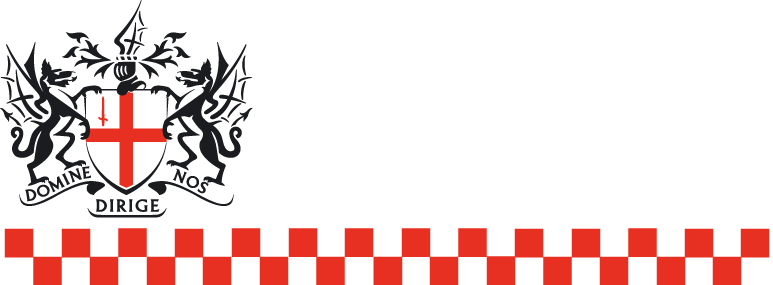Farsi Language History
Farsi, also known as Persian Language, is the most widely spoken member of the Iranian branch of the Indo-Iranian languages, a subfamily of the Indo-European languages. Farsi is spoken today primarily in Iran and Afghanistan, but was historically a more widely understood language in an area ranging from the Middle East to India.
- Significant populations of speakers can be found in other Persian Gulf countries (Bahrain, Iraq, Oman, Yemen, and the United Arab Emirates), as well as large communities in the US.
Total numbers of speakers is high: over 30 million Farsi speakers (about 50% of Iran’s population); over 7 million Dari Persian speakers in Afghanistan (25% of the population); and about 2 million Dari Persian speakers in Pakistan. English words of Farsi origin include “shawl”, “pyjama”, “taffeta”, “khaki”, “kiosk”, “divan”, “lilac”, “jasmine”, “julep”, “jackal”, “caravan”, “bazaar”, “checkmate” and “dervish”.
Farsi in Iran is written in a variety of the Arabic script called Perso-Arabic, which has some innovations to account for Persian phonological differences. This script came into use in Persia after the Islamic conquest in the seventh century.
Roots of Farsi language
Farsi is a subgroup of West Iranian languages that include Dari and Tajik; the less closely related languages of Luri, Bakhtiari, and Kumzari; and the non-Persian dialects of Fars Province.
West and East Iranian comprise the Iranian group of the Indo-Iranian branch of the Indo-European family of languages. Indo-Iranian languages are spoken in a wide area stretching from portions of eastern Turkey and eastern Iraq to western India.
The other main division of Indo-Iranian, in addition to Iranian, is the Indo-Aryan languages, a group comprised of many languages of the Indian subcontinent, for example, Sanskrit, Hindi/Urdu, Bengali, Gujerati, Punjabi, and Sindhi.
Evolution of the Farsi Language
Old Persian is attested from the cuneiform inscriptions left by the Achaemenid dynasty (559 to 331 BC.) that ruled the lands known as the Realm of the Aryans (from which comes the name of the modern country Iran) up until the conquest of Alexander the Great.
Middle Persian, also known as Pahlavi, after the Parthians who ruled Persia following the collapse of Alexander’s Empire, is known chiefly through its use in Persian’s pre-Islamic Zoroastrian religious writings.
- The origin of Farsi (or Modern Persian) is not clear. Although greatly influenced and closely affiliated to Middle and Old Persian, there is no conclusive evidence that it is directly descended from these languages. It may instead derive from a Pahlavi dialect once spoken in northeast Iran.
Old Persian, by contrast, and its immediate descendant Middle Persian, originated in a province in southwest Iran that was once the center of the Persian Empire – Parsa or Fars, hence the contemporary Persian name of the language: Farsi.
The Early Modern period of the language (ninth to thirteenth centuries), preserved in the literature of the Empire, is known as Classical Persian, due to the eminence and distinction of poets such as Rudaki, Firdowsi, and Khayyam. During this period, Persian was adopted as the lingua franca of the eastern Islamic nations.
Extensive contact with Arabic led to a large influx of Arab vocabulary. In fact, a writer of Classical Persian had at one’s disposal the entire Arabic lexicon and could use Arab terms freely either for literary effect or to display erudition.
Classical Persian remained essentially unchanged until the nineteenth century, when the dialect of Teheran rose in prominence, having been chosen as the capital of Persia by the Qajar dynasty in 1787.
This Farsi (Modern Persian) dialect became the basis of what is now called Contemporary Standard Persian. Although it still contains a large number of Arab terms, most borrowings have been nativised, with a much lower percentage of Arabic words in colloquial forms of the language.
When “Persia” Became “Iran”
In 1935 the Iranian government requested those countries which it had diplomatic relations with, to call Persia “Iran,” which is the name of the country in Persian.
The suggestion for the change is said to have come from the Iranian ambassador to Germany, who came under the influence of the Nazis. At the time Germany was in the grip of racial fever and cultivated good relations with nations of “Aryan” blood.
It is said that some German friends of the ambassador persuaded him that, as with the advent of Reza Shah, Persia had turned a new leaf in its history and had freed itself from the pernicious influences of Britain and Russia, whose interventions in Persian affairs had practically crippled the country.
This would not only signal a new beginning and bring home to the world the new era in Iranian history, but would also depict the Aryan race of its population (as “Iran” is a cognate of “Aryan” and derived from it).
The Iranian Ministry of Foreign Affairs sent out a circular to all foreign embassies in Tehran, requesting that the country thenceforth be called “Iran.” Henceforth, the name “Iran” began to appear in official correspondence and news items.
Contact Us
Click here to get in touchCopyright Notice:
Third parties are allowed to use or reference information on this page for non-commercial use only if they acknowledge this website as the source by linking to it.
Read detailed Terms and Conditions on how to apply for commercial use.











